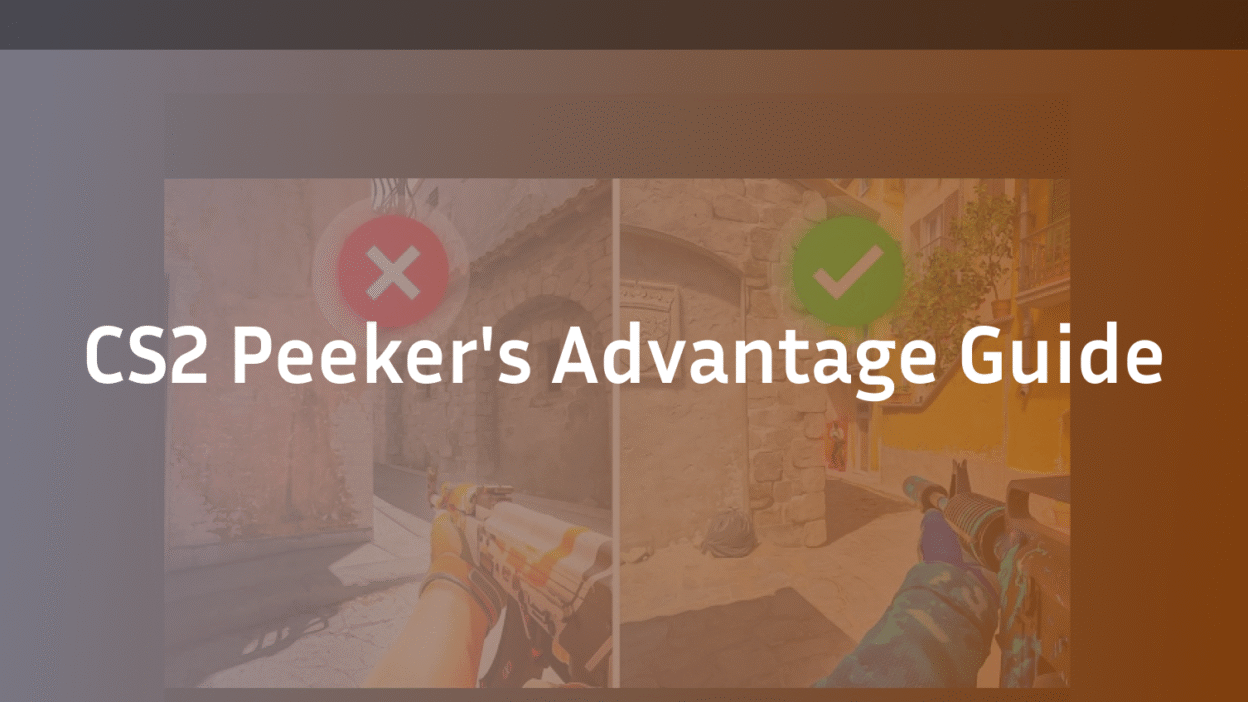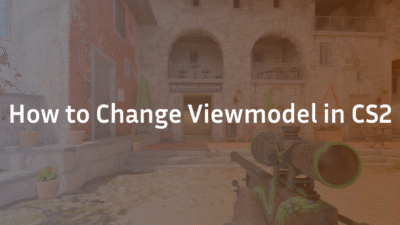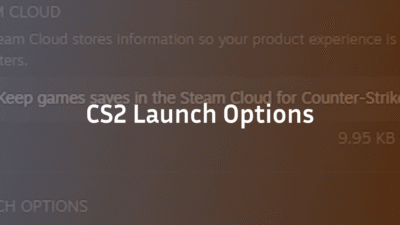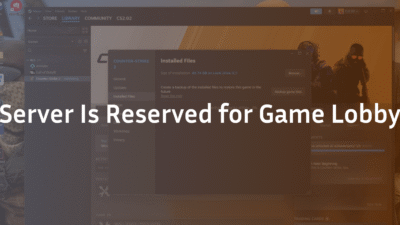You swing around a corner, instantly spotting an enemy who seems frozen for a split second. You fire and get the kill. Conversely, you hold a tight angle perfectly, only to die before you even see the opponent move on your screen. This frustrating phenomenon is peeker’s advantage, a core network and gameplay mechanic in Counter-Strike 2. While it has always existed in online FPS games, CS2’s new Sub-Tick system has changed how it works.
This isn’t just theory; it’s a tangible force that dictates duel outcomes. Understanding it isn’t optional for climbing the CS2 ranks—it’s essential. This guide will demystify peeker’s advantage in CS2, explaining the science behind it, how to leverage it for aggressive plays, and crucially, how to defend against it when holding angles.
What is Peeker’s Advantage in CS2?
Peeker’s advantage is the inherent time advantage granted to the player moving into an engagement (the “peeker”) over the player holding a static position (the “holder”). This advantage is measured in milliseconds and is caused by network latency and how the game engine processes and displays information.
In simple terms: due to ping and game server processes, the peeker’s character model becomes visible to the holder later than the peeker can see the holder. This gives the peeker extra time to react and shoot. This is not a bug; it’s an unavoidable consequence of online play. However, Valve’s implementation of the Sub-Tick architecture in CS2 has aimed to create a fairer and more responsive environment, altering the dynamics from CS:GO.
How CS2’s Sub-Tick System Changes the Game
CS:GO operated on a 64-tick or 128-tick server model, meaning the server updated the game state (player positions, shots, etc.) 64 or 128 times per second. The gap between these “ticks” is where information could be lost or misrepresented.
CS2’s Sub-Tick system is a fundamental rewrite. Instead of sampling actions only at tick intervals, the server records the exact moment an action is initiated (e.g., when you actually pull the trigger, not just on the next tick). This leads to more accurate shot registration.
How does this affect peeker’s advantage? While Sub-Tick doesn’t eliminate peeker’s advantage (it’s primarily a ping-based issue), it refines it. The advantage becomes more consistent and predictable. The “luck” factor of whether your action was registered on the right tick is reduced. Your success in peeking duels is now more directly tied to your ping, your movement, and your strategy, rather than tick-rate vagaries. For a deeper dive into how the engine works, read our guide on CS2 Tick Rate & Sub-Tick.
The Key Factors Amplifying Peeker’s Advantage
Several variables determine the strength of a peeker’s advantage in any given duel.
1. Ping and Latency
This is the most significant factor. A player with a lower ping will generally have a smaller advantage when peeking and will be less vulnerable when holding. A high-ping peeker can have a massive advantage, as their movement information takes longer to reach the server and then the holder’s client.
2. Movement Speed and Peek Type
A player peeking with a knife out or using a wide swing will be moving faster across the holder’s screen. This reduces the time the holder has to react and track the target, effectively increasing the peeker’s advantage. A slow, shoulder peek is used to gather information with minimal exposure.
3. Angle Advantage
This is a strategic concept. The player who is further from the corner has to expose their character model earlier to see the opponent. The player closer to the corner sees the opponent first. A peeker can neutralize a holder’s angle advantage by using a wide swing. Understanding map-specific angles is critical; studying Mirage callouts and Inferno callouts can help you identify these key spots.
How to Use Peeker’s Advantage: aggressive Strategies
To become the hunter, you must actively use this mechanic to your benefit.
- Be the Aggressor: Don’t passively hold angles for extended periods if you know your opponent is pre-aiming you. Instead, become the peeker. Re-peek angles unexpectedly or swing wide after a teammate baits a shot.
- Master the Wide Swing: When you know an opponent’s position, commit to a fast, wide peek. This maximizes your movement speed and minimizes the time they have to react. Combine this with a pre-fire into the common angle they are holding.
- Re-peek with Purpose: After taking a shot and missing, don’t re-peek the exact same way. The holder is already pre-aimed and ready. Instead, change your angle, use a jump peek, or shoulder peek to bait their shot before committing. Optimizing your CS2 settings, like ZywOo’s CS2 settings or m0NESY’s CS2 settings, can ensure your movement and shooting are as precise as possible.
How to Counter Peeker’s Advantage: Defensive Mastery
Playing defense is harder, but it’s not hopeless. Your goal is to minimize the opponent’s advantage.
- Hold Off-Angles: Avoid holding the most obvious, pre-aimed angles. Instead, hold an unexpected off-angle. This forces the peeker to readjust their crosshair, nullifying their pre-aim and eating into their time advantage.
- Use Utility: This is the ultimate equalizer. A well-placed molotov or smoke can completely deny a peek or force a peeker into a disadvantageous position. Learn key grenade binds to deploy utility quickly under pressure.
- Jiggle Peek for Info: Don’t commit to a full hold if you’re unsure. Use jiggle peeks to gather information. If you see an enemy, you can then decide to re-peek aggressively yourself or fall back to a better position.
- Play for Trade Kills: In a team setting, don’t hold angles alone. Play close to a teammate so if you get peeked and killed, your teammate can instantly trade the kill, turning the opponent’s advantage into a 1-for-1.
Advanced Considerations: Pre-firing and Re-peeking
- Pre-firing: This is the act of shooting before your character model even clears the angle, anticipating an enemy’s position. With peeker’s advantage, your bullets will be registered on the server before the holder sees you, making pre-firing devastatingly effective on common holds.
- The Re-peek Timing: After a player peeks, there is a brief period where the holder’s client “catches up.” An immediate re-peek can sometimes catch the holder off-guard as they might be momentarily distracted or adjusting. However, against skilled players, varying your re-peek timing is vital.
Conclusion: Knowledge is Your Greatest Advantage
Peeker’s advantage in CS2 is a complex interplay of networking, the Sub-Tick system, and player strategy. It is not an insurmountable wall of unfairness but a layer of gameplay depth to be mastered. By understanding its causes—primarily ping and movement—you can consciously decide when to be the aggressor and how to set up your defenses.
Stop blaming the game for lost duels. Start incorporating wide peeks, off-angles, and strategic utility into your gameplay. Analyze your deaths: were you holding a predictable angle? Did you re-peek the same way? Continuous learning and adaptation are what separate average players from those who excel in CS2’s Premier mode.
Ready to refine other aspects of your game? Explore our complete guides on CS2 crosshair settings and the best CS2 buy binds to ensure your technical setup is as sharp as your game sense.
FAQ: CS2 Peeker’s Advantage
Q1: Is peeker’s advantage worse in CS2 than in CS:GO?
A: It’s different, not necessarily worse. The Sub-Tick system in CS2 has made the netcode more accurate, which can make peeker’s advantage feel more consistent and predictable. Many players perceive it as stronger because the old “peekers vs. holders” dynamics from CS:GO have shifted, requiring an adjustment in playstyle.
Q2: Does a lower ping give me less peeker’s advantage?
A: Yes, but this is a good thing. A lower ping means your actions are communicated to the server faster. While you may have a slightly smaller advantage when peeking, you are also far less vulnerable when holding an angle. Low ping creates a more balanced and fair experience.
Q3: How can I tell if I died due to peeker’s advantage or just bad play?
A: Review the demo from your perspective and the peeker’s perspective. If on your screen you died before seeing them, but on their screen they had ample time to see and shoot you, it was likely peeker’s advantage compounded by your ping or your predictable angle. If they simply out-aimed you, it was bad play.
Q4: Can I eliminate peeker’s advantage?
A: No, it is a fundamental part of online multiplayer games due to the laws of physics and network latency. However, you can minimize its impact on you by holding smart angles, using utility, and maintaining a stable, low-ping connection.
Q5: Should I always be the peeker?
A: Not always. While being the aggressor leverages the advantage, constant aggression is predictable. The best players know when to push and when to hold. The key is to never hold a common, static angle for too long if you know the enemy is aware of your position.



